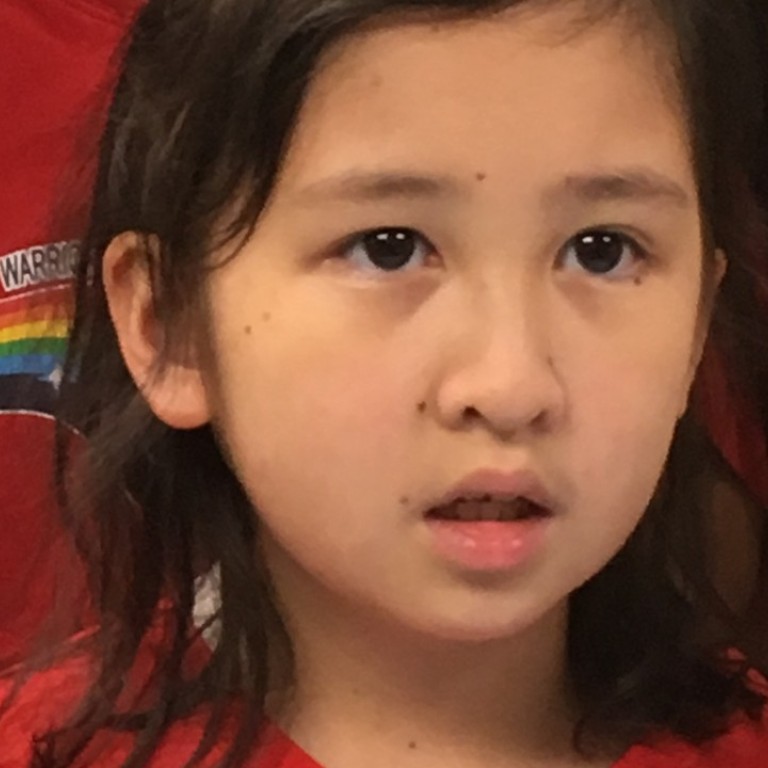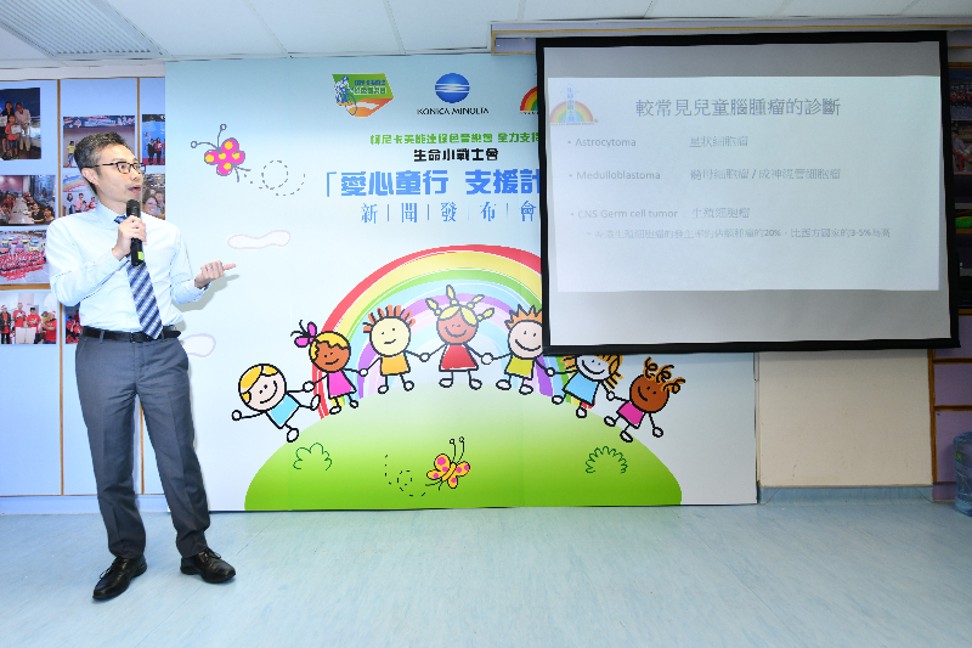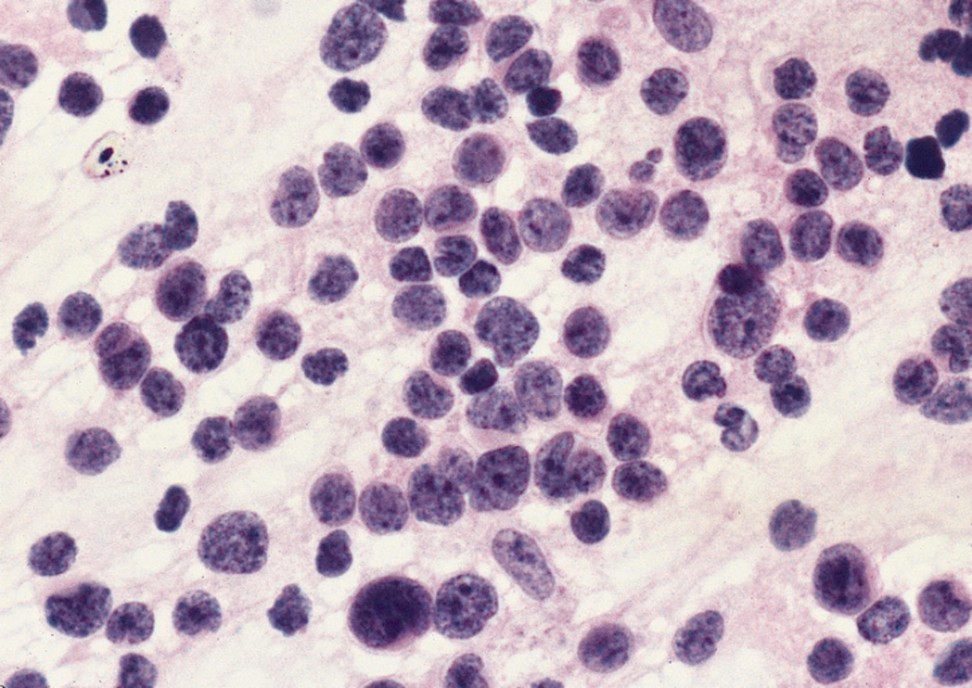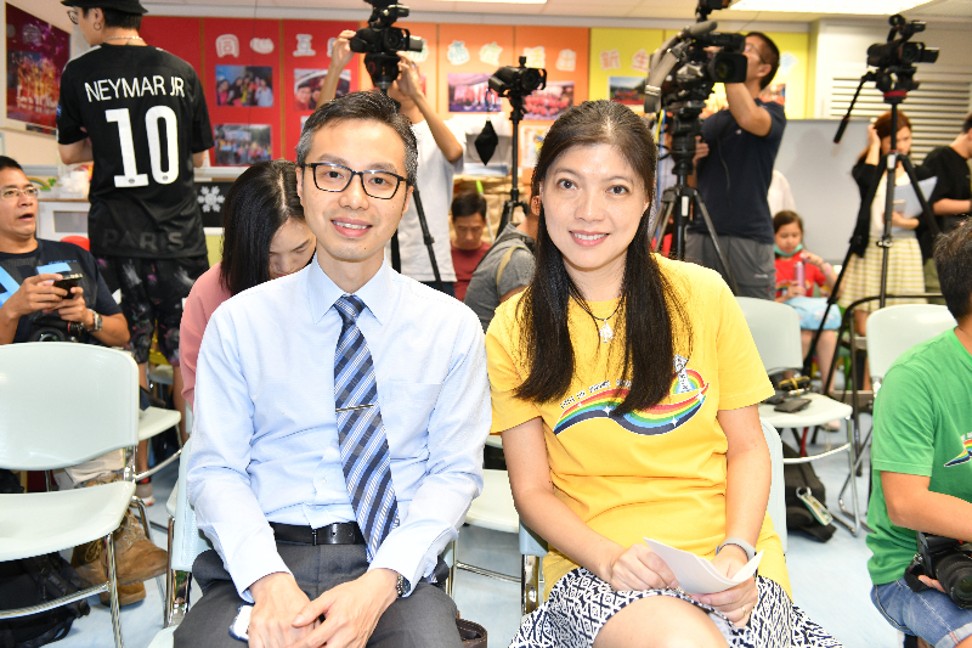
For children, beating cancer can be just the start of a battle for acceptance and a normal life
Brain cancer survivor Nam Nam Cheung, 12, struggled for acceptance at school in Hong Kong and suffered discrimination; charities are working to make such children’s lives easier
Beating childhood brain cancer is a triumph for any young patient, but the impact of their disease does not end there. Survivors face unique challenges when trying to live normal lives again.
The discrimination that young cancer survivors face from their peers is a major problem, with sensitivity at times missing when needed most. This leads to serious social and psychological challenges for the child.
Hongkongers have heads shaved to aid children’s cancer research
Nam Nam Cheung is a brain cancer survivor who has faced that struggle. Cheung was just two when diagnosed with medulloblastoma, an aggressive form of brain cancer. Symptoms can include vomiting, headaches, poor balance, motor skill problems such as difficulties in coordination.
Following initial chemotherapy and radiotherapy, Nam Nam required immediate surgery because the tumour was in her brainstem, which governs vital functions such as breathing and blood circulation, according to Dr Alex Leung Wing-kwan, a specialist in paediatrics at EJ Medical Specialist Centre in Tsim Sha Tsui. If the brainstem stops functioning normally, or if the tumour causes a build-up of pressure within the skull, the patient can die.

After undergoing chemotherapy and radiotherapy, patients sometimes have hearing impairment, and Nam Nam now has a hearing capacity of around 50 per cent to 60 per cent.
Her mother, Cherry Cheung, says her daughter’s treatment lasted until she was four years old, but as she resumed school life, her struggles mounted.
“It was really hard for her to catch up and follow along with the other kids,” Cheung recalls. Her condition caused neuro-cognitive problems including impaired short-term memory, which meant it took longer for her to learn what was taught in class.
How a Hong Kong cancer sufferer keeps going – and helps others
“She wasn’t able to listen to the teachers very well. She also struggled to get what the teachers were saying,” her mother says. Other students did not understand why Nam Nam was “stupid”, nor were they sensitive to the challenges she faced after overcoming cancer.
It is for this reason that young cancer survivors often harbour low self-esteem. Some face discrimination, too, with ignorant parents asking teachers not to let their child be seated near a cancer survivor lest their child somehow catch cancer from them.
Still, Nam Nam recently blew out the candles on her 12th birthday cake at an event at the Little Life Warrior Society Centre, a charity based at Prince of Wales Hospital in Sha Tin, a town in Hong Kong’s New Territories.
It was really hard for her to catch up and follow along with the other kids. She wasn’t able to listen to the teachers very well. She also struggled to get what the teachers were saying
Though physically smaller than peers her age, she was chirpy in her pink Nike shoes, matching skirt and red Little Life Warrior Society T-shirt.
Nam Nam sings in the group’s choir, something in which she takes great pride. It’s an important activity for her given that her illness disrupted her social life at a young age.
“Every week, a child has to take a day or two off to go to hospital for a consultation and they may also become ill more easily, so making friends is a really big problem,” says Ois Chan, chairwoman of the Little Life Warrior Society, “whereas at the choir, everybody is at the same [level], everybody understands what is going on with each other.”
Cheung’s mother says she relied heavily on the charity for support. “Nam Nam has met friends here. Kids with a similar background,” she says. Children with similar conditions know how her daughter feels and how to help her, she says.
The Hong Kong Haematology and Oncology Study Group says there are between 170 and 180 new cases of childhood cancer a year in the city. The most common forms of cancer in children are acute myeloid leukaemia, which accounts for about 30 per cent of cases, and brain cancer, which accounts for about 15 per cent of cases. About 80 per cent of them survive cancer.
Leung says child cancer patients have to endure a great deal as they undergo treatment. They face spells in hospital intensive care wards, neurosurgery, chemotherapy, radiotherapy, physiotherapy and occupational therapy. Some may need help from doctors specialising in endocrinology.

The Little Life Warrior Society was set up to help child cancer patients and cancer survivors in 2002. Among other things, it provides tutorials for “cancer kids” to help them catch up at school. The group also visits schools to correct misconceptions about childhood cancer by giving talks.
Chan, its chairwoman, knows at first hand the challenges such children face, as her son had leukaemia. She believes children suffering from brain cancer have to cope with more issues during and after treatment than other child cancer survivors.
Chinese doctor who’s living proof of cancer immunotherapy’s potential
“Brain cancer at such a young age means we do not know which part of the brain is going to be affected,” she says, and treatments may impact other, unaffected parts of the brain.
She says some children with brain cancer post a normal score in IQ tests at age six, but years later their score has not changed because treatment for cancer has affected their cognitive ability. She has also seen brain cancer children whose mobility and vision are affected as their symptoms worsen.

Leung says battling cancer is different for children than for adults because the disease strikes them at an age when their bodies are still growing and they are constantly learning new skills.
“Rehabilitation helps them return to the way they functioned before the disease, but often their physical function cannot get back to what it was before the disease,” he says. “They have many problems in terms of motor skills, thinking, and cognitive functions in the long run.”
Sometimes the child has to take a day or two off to go to the hospital for a consultation and they may also get ill easier, so making friends is a really big problem
In almost all aspects of life, child cancer patients are affected more by what happens to them after treatment than by the disease itself, Leung says.
“As a specialist in paediatrics, I have helped many child cancer patients fight their illnesses. I not only hope they can beat the illness, but that they and their families have more support during the post-treatment stage, [to help] them live an easier life,” the doctor says.
One of the goals of the latest initiative by the Little Life Warrior Society, the “Walk with love, pay it forward” programme, is to help to rebuild patients’ confidence. The organisation hopes to generate donations to finance a one-year programme for young brain cancer and blood cancer patients. It would provide education, physiotherapy, self-esteem training, music classes and performances, play therapy, drawing classes and more.
Hong Kong’s first cancer centre will tackle city’s biggest killer
The Konica Minolta Green Concert, an annual event in Hong Kong now in its ninth year, will be held on November 26, and aims to raise HK$1 million (US$128,000) for the Little Life Warrior Society.

